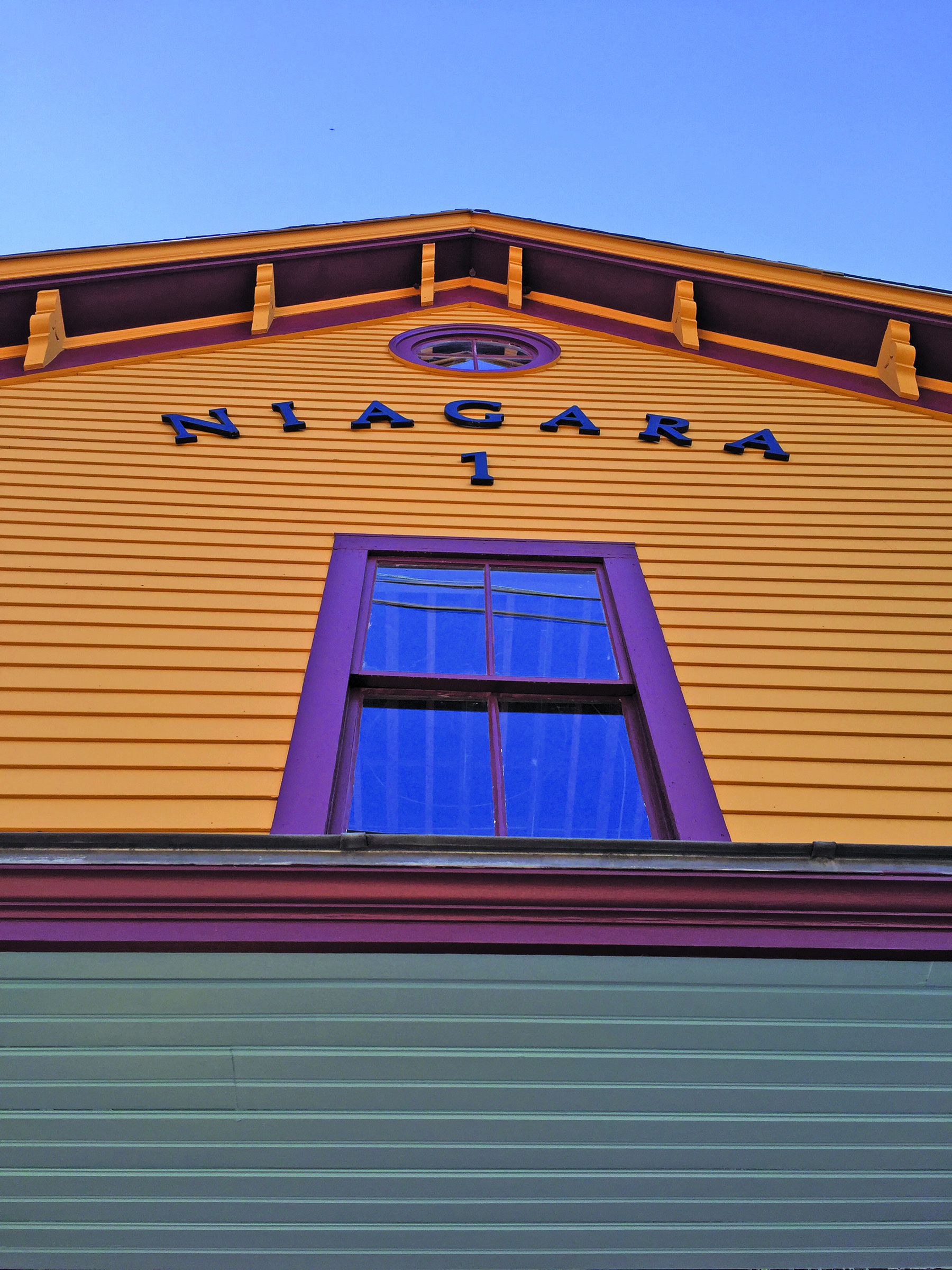Oral histories, artifacts and a place to put them.
That’s the mission of Millis Boy Scout Evan Mustard, whose Eagle Scout project has led him to the Niagara Building and connections to Millis Historical Society and Commission members.
“I am trying to collect artifacts about the Niagara fire house and also interview people.
Instead of putting it into a written history, I’ll create a website,” says Evan, a member of Boy Scout Troop 15.
Mustard is working with Nathan Maltinsky, Chairman of the Millis Historical Commission, on the project, who was steering him toward some of the people still living who worked in or had connections to Niagara.
Maltinsky is hoping Evan can give “a good history of the fire company that people can view on the website, put a timeline together of what year it was built, when the engines were bought, when they stopped using the handtubs and got a motorized vehicle and how Niagara was used by the town pretty much on a consistent basis, then how town hall left and how Jeff Hardin stepped in and saved it in 1999.”
Both are also hoping to get a lot from the oral histories Evan will record.
Mustard has interviewed Paul Lacroix, from the Millis Historical Society, and was considering reaching out to Manny Doliner and Millis’s first full-time fire chief, Mr. Volpicelli, to find out more about the day-to-day operations within the building walls.
“The building itself is one of the oldest in Millis,” says Evan. “I just find it fascinating that it’s in Millis, but not a lot of people know its history and the meaning to the town. It’s just the building next to the library.”
Evan says he’s excited to get to know more about the yellow building he’s walked past growing up.
“I’ve learned that Niagara is actually older than the town of Millis itself, purchased by East Medway in the late 1800 s. Originally it was called Niagara Firehouse 4, because it was one of four different firehouses in Medway and East Medway,” says Mustard, who remarks on how many ways the building was employed by the town. “It was used as a jailhouse in late 1800s, and a lot of clubs and organizations used to meet there. It was also used as town offices in the 60s and 70s, and ironically enough, the building suffered two different fires, one in the 30s and one in the 50s – not once but twice!”
Filling the planned museum with artifacts has been something Maltinsky has been working on for awhile.
“The museum is going to be downstairs in the engine room with the handtub,” says Maltinsky, who says some town members have donated or loaned items. “The old badges, hats – we’re trying to get as many original pieces as we can. We found out that the Niagara chief hat is in Uxbridge in a fire museum there, and we’re going to try to make a trade or purchase with them to get it into our building.”
“He’s going to put the videos on there and going to give a history of Niagara, and he’s also soliciting donations for the Niagara museum,” says Maltinsky. Maltinsky says he’s excited to have just made a trade for the logbooks that date back to the building’s creation, 1875, to 1938. These will show, he says, “what kind of fires they had, where they were and who went to the fires and dates. Then, sometimes, people would be appreciative and cook a meal for the firemen. It was all volunteer back then.”
Evan will be collecting donations of any sort of artifacts related to Millis’ Niagara building. If you have an item you think will be useful for the museum, email him at evamu077@millisschools.org.
Project Entails Collecting Oral Histories for Website and Pieces for Niagara Fire Museum

Issue Date:
September, 2017
Article Body:
